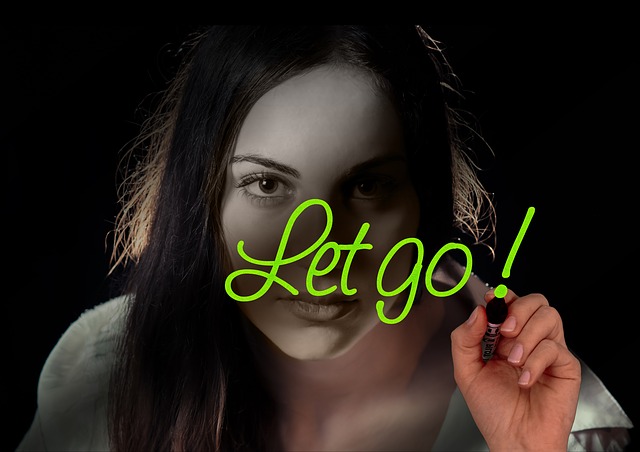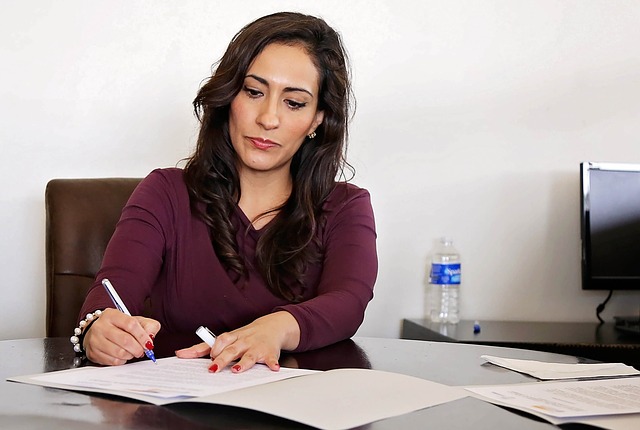Our thoughts can be like a whirlpool and take over our lives – generating fear, anxiety and depression. A single event may catalyse a “looping” of negative thoughts that become an endless cycle. I found this happening when I was recovering from the shock of my relative’s recent car accident. One way to steady your mind is to notice your thoughts and see them for what they are. Jon Kabat-Zinn offers a penetrating, 20-minute Guided Meditation on Observing Thoughts, and doing so non-judgmentally.
Thoughts feed on themselves
I found when reflecting on my relative’s car accident that I became preoccupied with what might have happened. Fortunately – despite rolling the car at 70 kph and ending up on a two lane, major road upside down – he suffered minor injuries, just bruising and soreness and no broken bones or head injuries. He was assessed as okay by Ambulance officers and cleared by the hospital after a 3 hour stay.
Despite this extremely fortunate outcome of the accident, my mind began to race – I could not stop thinking about what could have happened:
- what if he had suffered a serious injury or died in the accident?
- what if he had a passenger who was injured or killed?
- what if people in other cars or pedestrians suffered also as a result of his accident?
- what kind of police charge and consequences could he face if others were injured?
- what would be the possible impact on the rest of his life?
These thoughts can become like a whirlpool or an endless loop. In the guided meditation mentioned above, Jon highlights how easily we fabricate thoughts, how readily they proliferate and how frequently they morph into other thoughts – taking us downstream in the flow of a strong, thought current.
Meditation to observe our thoughts non-judgmentally
Jon’s guided meditation on observing our thoughts is a gentle approach to raising our awareness, bringing our thoughts into focus and releasing them. He uses various metaphors to enable us to see our thoughts for what they are – clouds blowing by, bubbles floating to the surface of boiling water, ripples on a vast ocean or eddies in a stream. He encourages us not to entertain these thoughts but to observe them passing us by – avoiding any form of judgment or censure of ourselves.
The meditation leads to the ability to separate yourself from your thoughts and to “rest in awareness” – a place of calm, peace and equanimity. Liane Moriarty in her book, Nine Perfect Strangers, captures this sense of release in the thoughts expressed by one of her characters. The woman involved is one of the participants in a health retreat attended by nine people. Following periods of silence, meditation, mindful breathing, yoga and Tai Chi, she was able to observe:
At first, without the distraction of noise and conversation, Frances’s thoughts went around and around on a crazy, endless, repetitive loop…but the act of observing her looping thoughts seemed to slow them down until at last they came to a complete stop, and she’d found that for moments of time she thought…nothing. Nothing at all. Her mind was quite empty. And these moments were lovely. (p.200)
As we grow in mindfulness through practices such as meditation, Tai Chi, yoga and mindful breathing we can observe our thoughts, distance ourselves from them and the emotions they generate, and to see them as passing fabrications. We can free ourselves from the bonds of associated emotions such as fear, anxiety and depression, and experience tranquillity instead.
____________________________________________
By Ron Passfield – Copyright (Creative Commons license, Attribution–Non Commercial–No Derivatives)
Disclosure: If you purchase a product through this site, I may earn a commission which will help to pay for the site, the associated Meetup group and the resources to support the blog.









